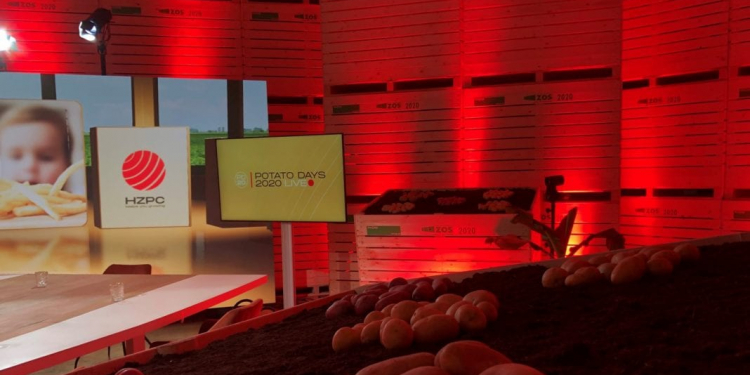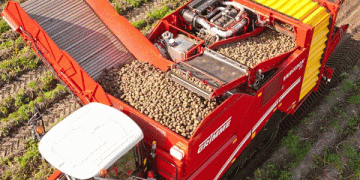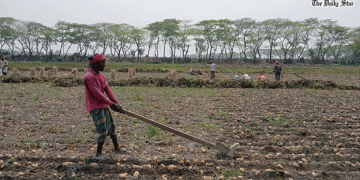With Flight to Vitality, the seed potato sector is on the eve of a breakthrough. Never before we have had insight into the determining factors for the germination capacity of a potato.
Since 2018, HZPC and Averis Seeds have been collaborating in the Flight to Vitality research project. It is a quest for the factors that influence the germination capacity – and therefore the vitality – of seed potatoes. At the end of 2021, when the practical investigation is completed, the mystery will most likely be solved.
Although we are well able to detect external and internal abnormalities, such as diseases and viruses, one question has always remained unanswered: how is it possible that seed potatoes sometimes grow much better and faster than other times? Flight to Vitality answers that question. The research combines data on the origin, growth rate and homogeneity of batches of seed potatoes with biochemical measurements that provide insight into the composition of these batches of seed potatoes.

About the research project
Within the research project, vitality refers to the growth rate of the seed potatoes in the first seven weeks after planting. Flight to Vitality investigates the germination capacity of six different varieties under different conditions: on trial fields with sandy and clay soil in the Netherlands, in the South of France and in a climate cell at the ZOS location in Stiens. In that cell, four different situations are simulated, differing in temperature and soil moisture.
A drone equipped with advanced cameras collects as much information as possible about the size and growth rate of individual plants per trial location. In addition, HZPC Research examines the composition of the potato. Combining the information from both studies will reveal correlations.
Microbiomes and metabolites make the difference
The research shows that the growing conditions barely influence the difference in the vitality of batches of seed potatoes: a strong batch is strong at various locations, a weak batch is weak everywhere. In 2021, the research focuses on the differences in the composition of the seed potatoes. For example, a collection of fungi and bacteria – the microbiome – may play a role in the vitality of potatoes.
Organic substances in a plant, such as sugars and acids, are also being investigated in more detail. These so-called metabolites provide energy and nutrients that help in growth and development. Each potato contains as many as 7,000 different metabolites that vary in content and proportions between varieties and batches of varieties. Flight to Vitality wants to reduce this to about 200 metabolites that determine the growth rate the most.
Breakthrough for the seed potato sector
With Flight to Vitality, the seed potato sector is on the eve of a breakthrough. Never before we have had insight into the determining factors for the germination capacity of a potato. With this information, the vitality of batches of potatoes can be predicted, which is good news for growers, processors and the food supply worldwide. It leads to less waste of seed potatoes and significantly increases the chance of a successful yield.
Frank van der Werff, project manager Flight to Vitality, emphasizes the importance of this research project: ‘Vitality, and therefore quality of the seed potatoes, is important for HZPC. We have limited grip on this, because up to now we cannot predict how good the seed potatoes will grow. While that is what we want, because that is where we really make the difference.’







